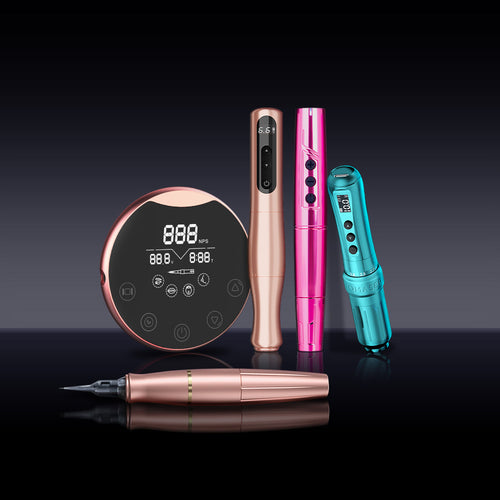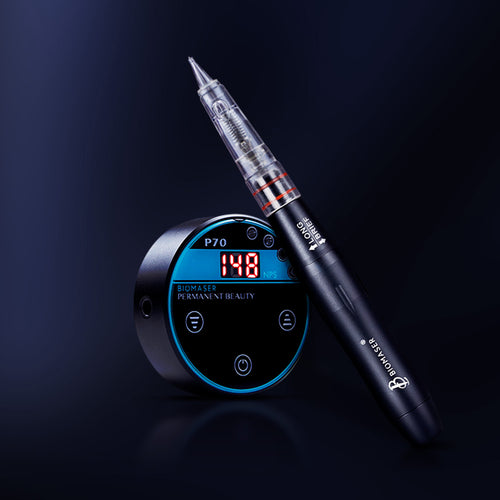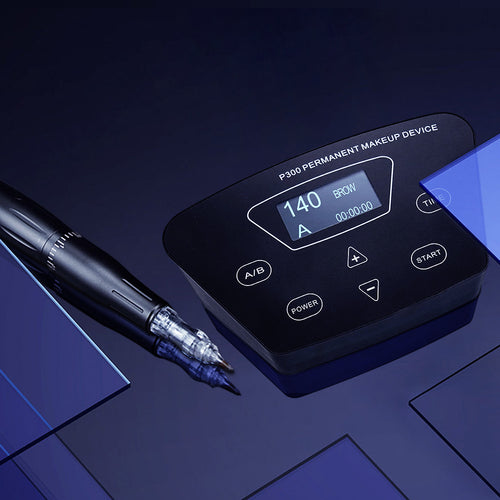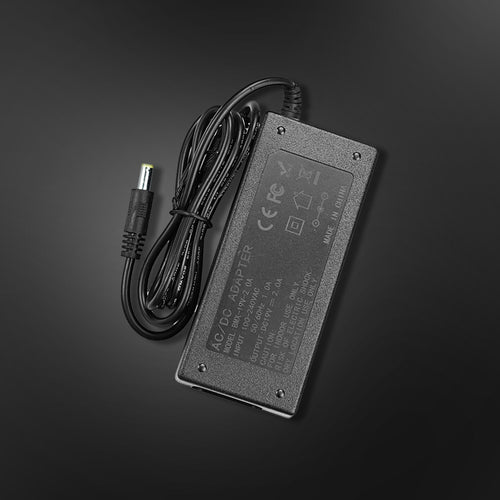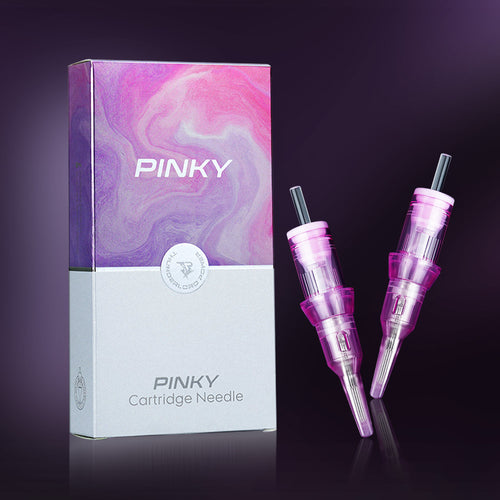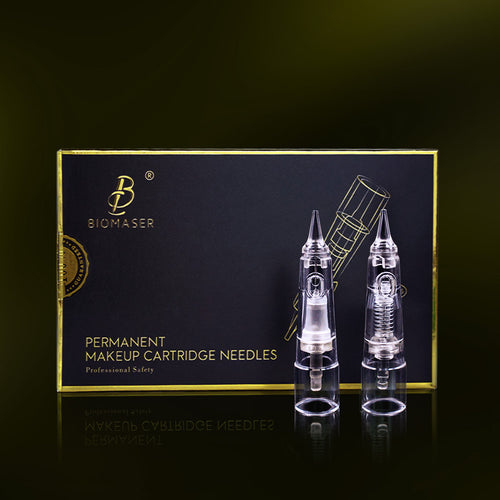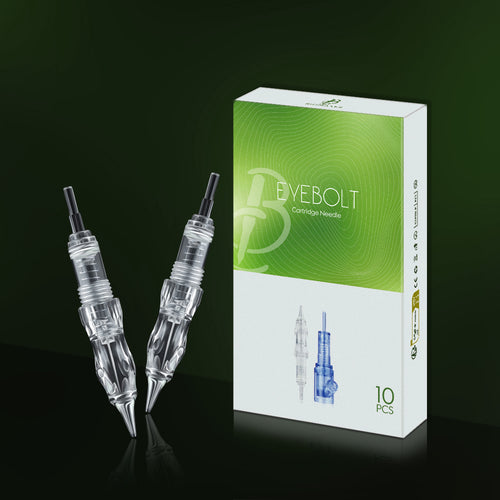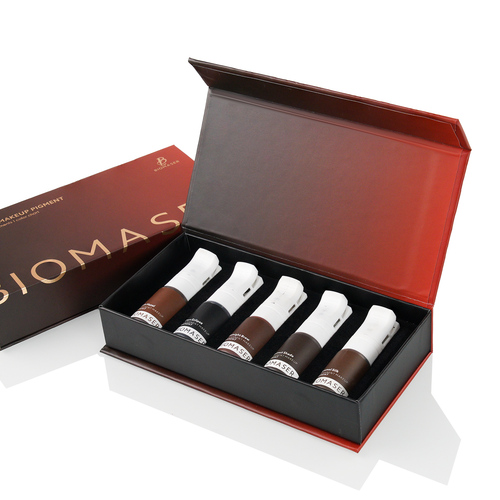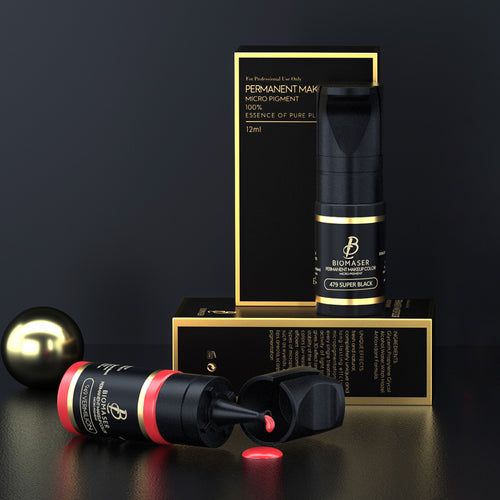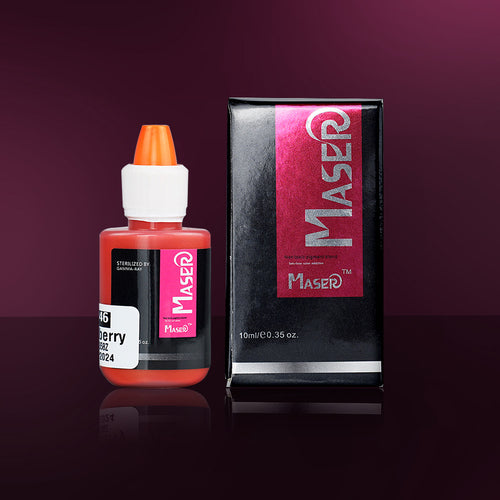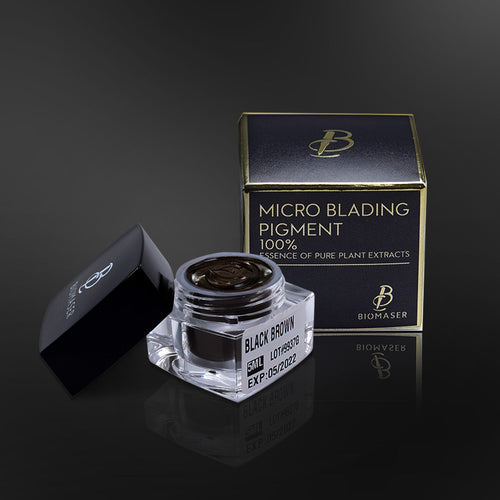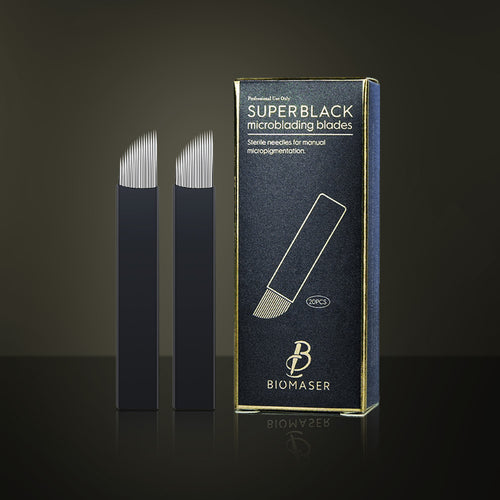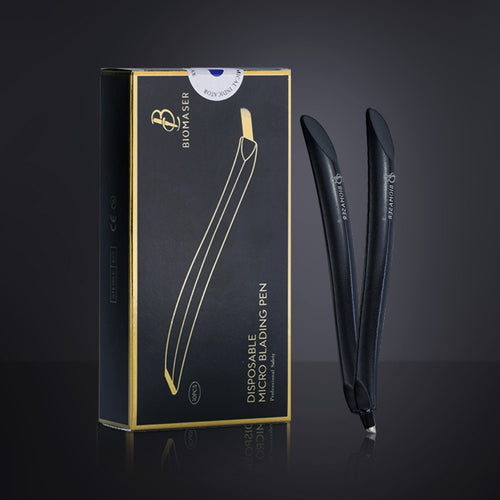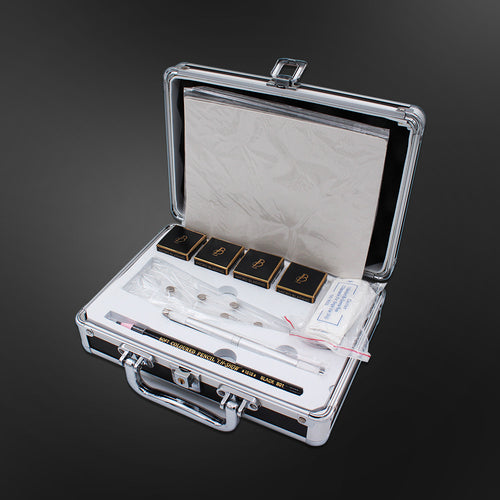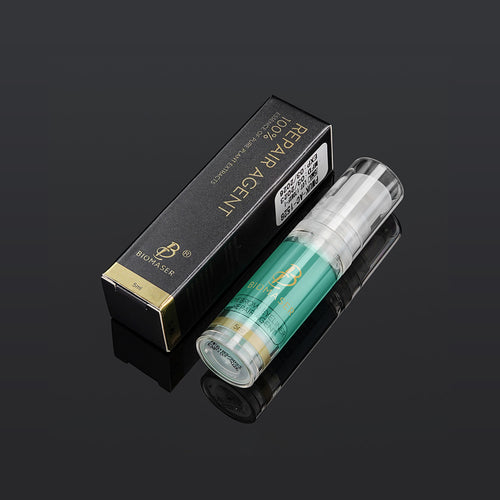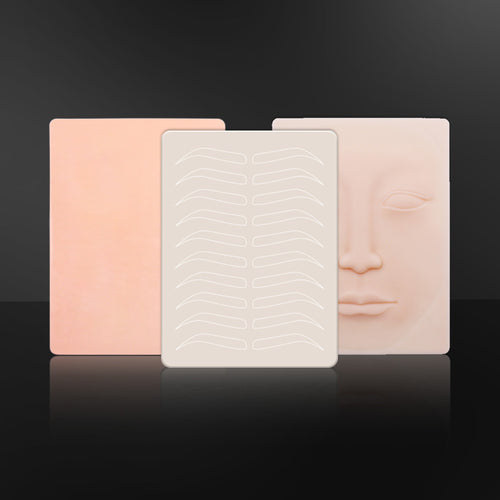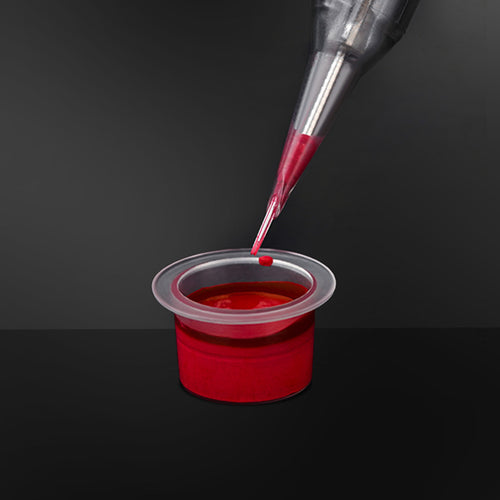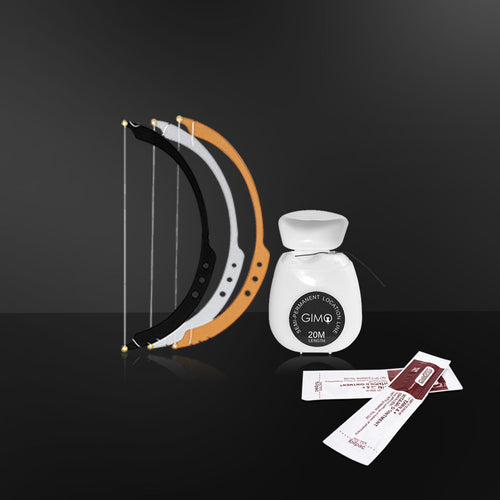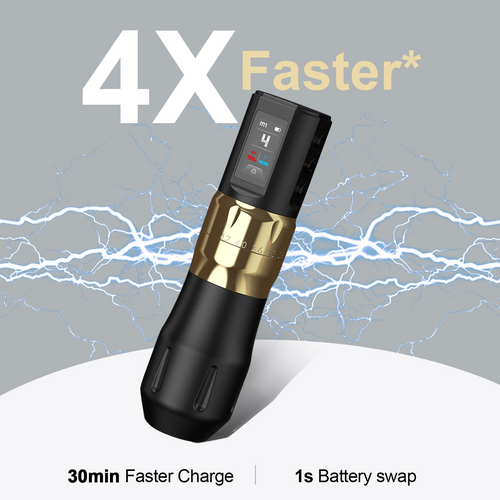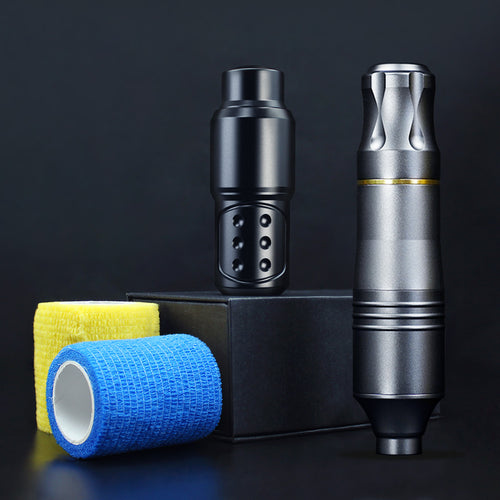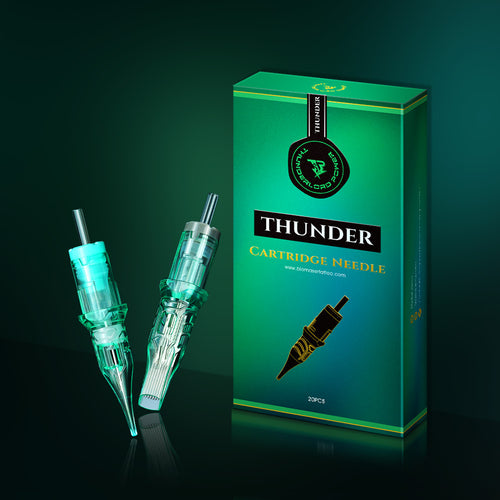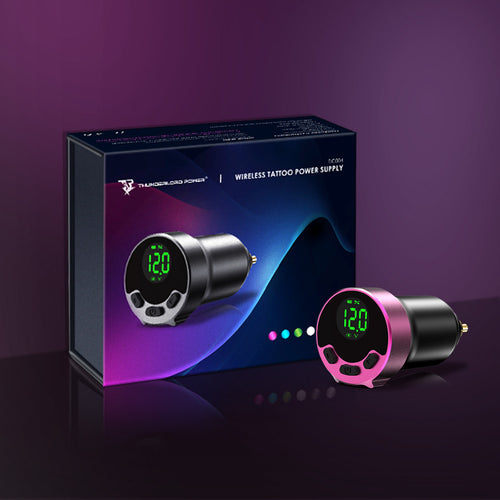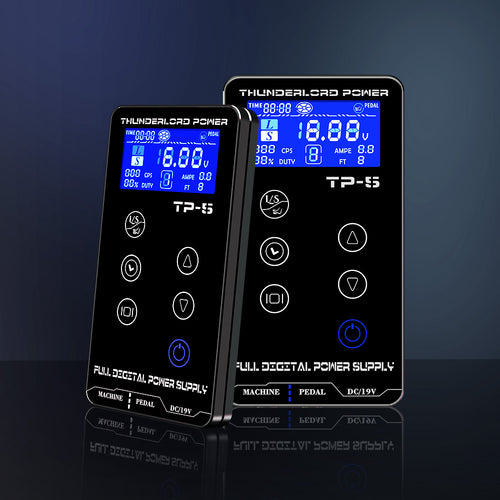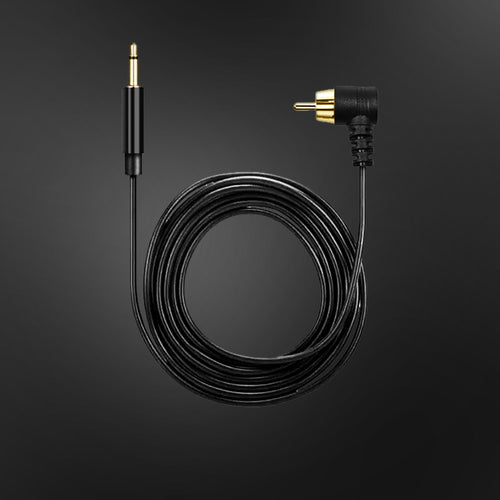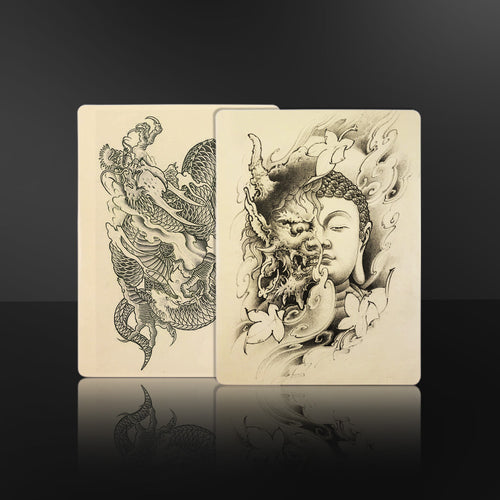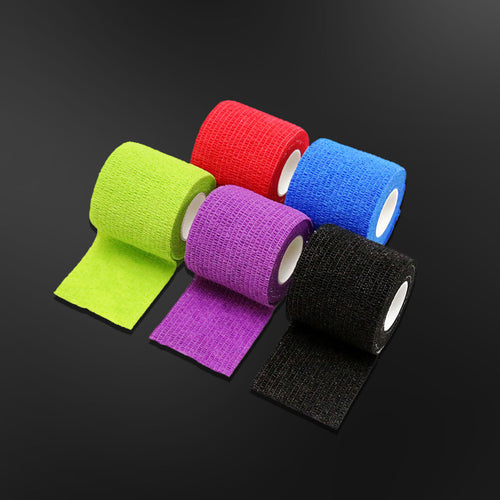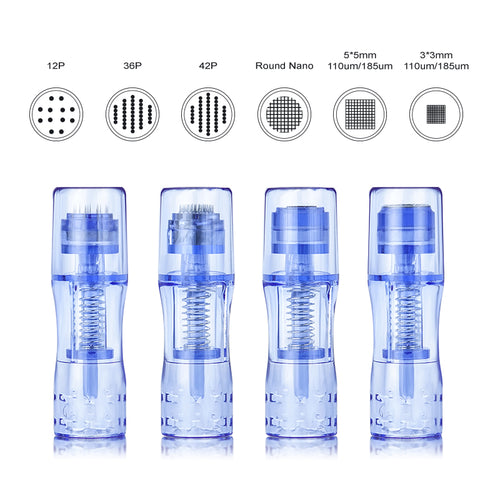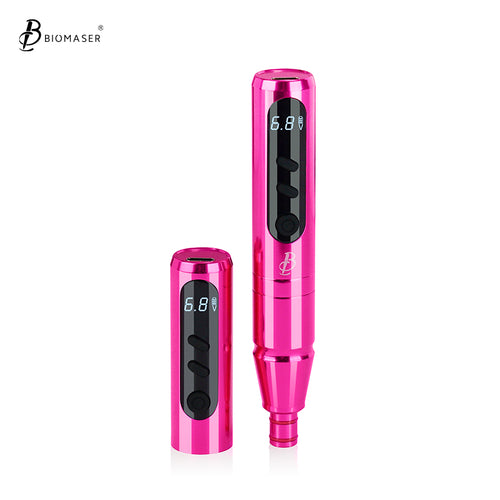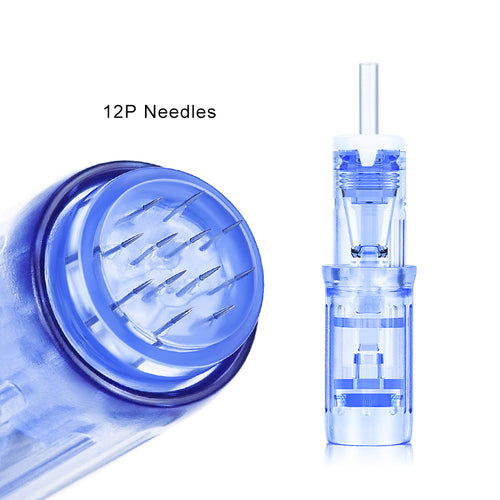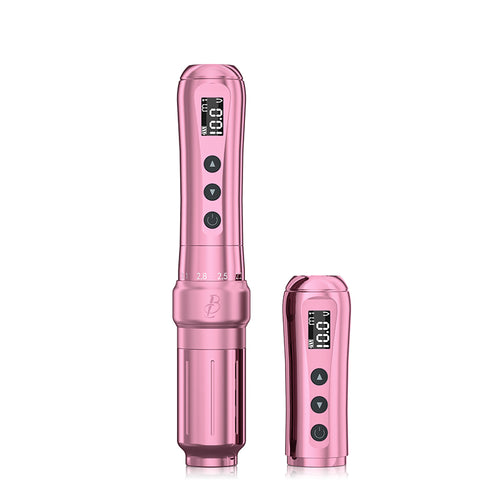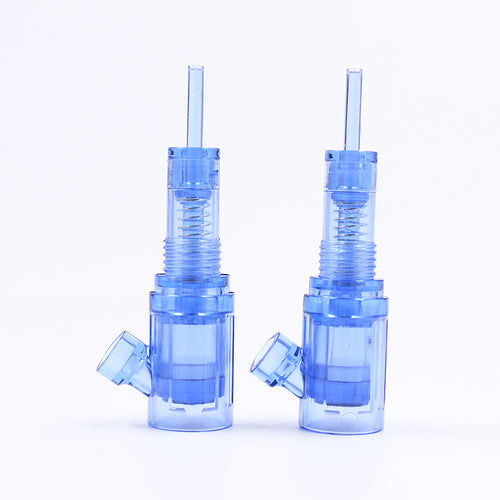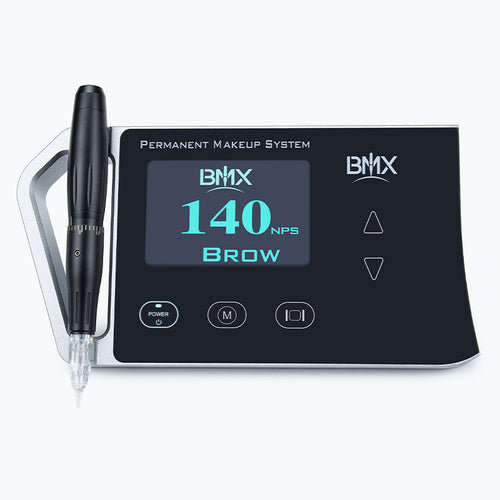The Anatomy of Tattoo Machine Needles: A Comprehensive Overview

Getting inked is an art form that starts beneath the skin. The tattoo artist relies on their needles to translate each design into a meaningful and lasting work of body art. But not all tattoo machine needles are created equal. Understanding the anatomy and optimal use of different needle types can elevate any tattooist's skills.
For those looking to get a tattoo, knowledge of tattoo needles also ensures you can make informed decisions about your artwork. This guide will cover everything you need to know about the intricacies of modern tattoo machine needles.

Types of Tattoo Machine Needles
Today's tattoo artists have a wide selection of needles to achieve different effects. The main types include:
Round Needles
Round needles, also known as round liners, are a fundamental tool in tattooing. As the name suggests, these needles are grouped together in a round formation. They usually range from single-needle configurations for very fine lines, such as for intricate detailing or small-scale tattoos, to larger groupings of up to 20 needles for bolder lines and shading. They excel in outlining designs, text work, and producing other elements where sharp, distinct lines are required. Additionally, their versatility allows them to be used for some forms of shading or coloring, although they might not be an artist's first choice for these tasks over other specialized needle types.
Magnum Needles
Stacked Magnum Needles and Weaved Magnum Needles, both fall under the category of Magnum Needles, commonly used types in tattoo artistry. These needles are designed in a grouped configuration for conducting shading, and color fills over large areas. Stacked Magnums have a tighter arrangement, making them ideal for detailed shading and gradients. Conversely, Weaved Magnums are arranged more loosely, creating a gentler needle surface suitable for extensive color filling and blending.
Flat Needles
Flat needles are characterized by their linear grouping, where needles are soldered side-by-side in a straight line. This configuration gives them a unique edge and makes them highly effective for specific tasks. For example, they can deposit more ink upon each puncture of the skin, leading to faster, deeper color saturation. This quality makes them ideal for intense 'color packing,' geometric designs, blackwork, or bold graphical tattoos. Their exact usage often depends on the style of the tattoo and the vision of the artist. However, they can be more damaging to the skin if not used correctly because of the high concentration of needles hitting a small area at once, so artists must exercise care when using flat needles.
Curved or Round Magnum Needles
These are also quite popular. They have a similar configuration to flat magnums but are rounded at the ends, making them less damaging to the skin. They are commonly used for shading and coloring large areas and are especially useful when working along contoured areas of the body, which matches up with your description of curved needles.
In light of current advancements and preferences in the tattoo industry, it's worth noting that tattoo pen machines and wireless tattoo pen machines are rising in popularity. These tools encompass the same variety of needles mentioned above, but they offer the added benefit of enhanced mobility and convenience.
Tattoo pen machines, designed to mimic the size and weight of an actual pen, have revolutionized the industry by providing unprecedented control and precision. This design mimics the feel of drawing with a pen on paper, making the transition from sketching designs to skin much smoother for many artists. The streamlined form factor also reduces hand fatigue, allowing for longer sessions.
Wireless tattoo pen machines take this one step further by eliminating the need for power cords and foot pedals, resulting in even greater freedom of movement. They operate using built-in batteries that can be recharged, offering a clutter-free working environment. This convenience, coupled with the ability to adjust voltage settings swiftly on the machine itself, makes these devices attractive options in today's tattoo artistry landscape.
The rise in the use of these innovative tools among tattoo artists underscores a broader trend toward prioritizing comfort, flexibility, and efficiency in tattoo equipment. Despite these advances, the choice of needle types remains crucial as each type contributes significantly to the final outcome of the artwork. As such, a nuanced understanding of various tattoo needles and their interactions with different machine types is indispensable for any serious tattoo artist.

Anatomy of Tattoo Machine Needles
When delving into the intricacies of tattoo artistry, it's crucial to comprehend the complex structure and design of tattoo machine needles. These modern tools made up of several key components, are thoughtfully engineered. Their meticulous design serves specific purposes, influencing factors such as ink delivery and precision, which ultimately shape the overall outcome of the tattoo. Here's a closer look at the vital parts that build up the anatomy of a typical tattoo needle:
Needle Bar:
- Long metal stem that attaches needle grouping to the tattoo machine
- Usually made of durable surgical stainless steel
- Size/gauge must match needle grouping for stability
Solder:
- Silver alloy that joins needle grouping to the needle bar
- Quality soldering provides safety and stability
- Ensures needles are securely attached and precisely placed
Taper:
- Narrow, precision-cut bottom portion of needle grouping
- Guides and distributes ink flow to needle tips
- Angle and shape control ink delivery through needles
Needle Grouping:
- Configuration of individual needle tips
- Number, diameter, shape, and arrangement of needles
- Common types of needle groupings include liners with 3-8 needles; shaders with 7-24 needles; and magnums which commonly have 5 to 25 needles or more, arranged in two rows. Please note that these numbers are not absolute but with potential variations depending on the brand or artist's preference.
- Gauge, count, and shape align with design needs
Understanding these core components of modern tattoo machine needles allows artists to strategically select the best tools for each tattoo technique and style. The anatomical engineering behind needles directly impacts the artist's precision and capabilities.
Choosing the Right Tattoo Machine Needles
With knowledge of tattoo needle anatomy, artists can strategically select the best needle for the job. Consider the following:
Tattoo Style
Photorealistic and hyper-detailed styles require thin round liners. Bold traditional styles call for thick round shaders. However, these choices can vary significantly based on the artist's preference and style.
Tattoo Size
Larger tattoos necessitate needle groupings with higher needle counts to efficiently cover the space. Also, it's essential to consider the level of detail in the design.
Shading
Soft shading requires a tapered shader in a tight 5-needle grouping, while heavy black shading uses a flat or curved shader with more needles. It's worth mentioning that the needle configuration for shading (soft or heavy) can differ depending on the artist's technique and the desired effect.
Detail Work
Thin 3-5 round liners allow precision for small scripts, patterns, and outlines. These liners provide the necessary control and precision for executing small scripts, intricate patterns, detailed outlines, and other minute elements that demand a keen eye and a steady hand.
Line Thickness
Needle gauge and grouping size control line thickness. For example, a thin 0.30mm, 5-needle shader makes a precise red-eye outline.

Ink Flow
The flow of ink during a tattooing procedure is an indispensable component that significantly influences the quality and outcome of a tattoo. Ensuring optimal ink delivery to the skin necessitates a keen understanding of the integral role played by the taper of the needles.
The artistry of tattooing is a blend of informed tool selection and creative prowess. The choice of tattoo machine needles, driven by the tattoo style, size, shading, detail work, line thickness, and ink flow, critically shapes the final result. As such, mastering the variances in needle use is as integral to a tattoo artist's craft as their unique artistic vision.
Understanding Your Tattoo Machine
When graced by the touch of a skilled artist, a tattoo machine armed with premium needles possesses the power to transform skin into a canvas for stunning body art. Whether you're an aspiring tattoo artist or on the journey to becoming a tattoo enthusiast, it's crucial to bear in mind these insights about different needle types. The thoughtful selection, appropriate usage, and diligent maintenance of needles not only cultivate artistic excellence but also safeguard the wellbeing of all those involved in the tattooing journey.
